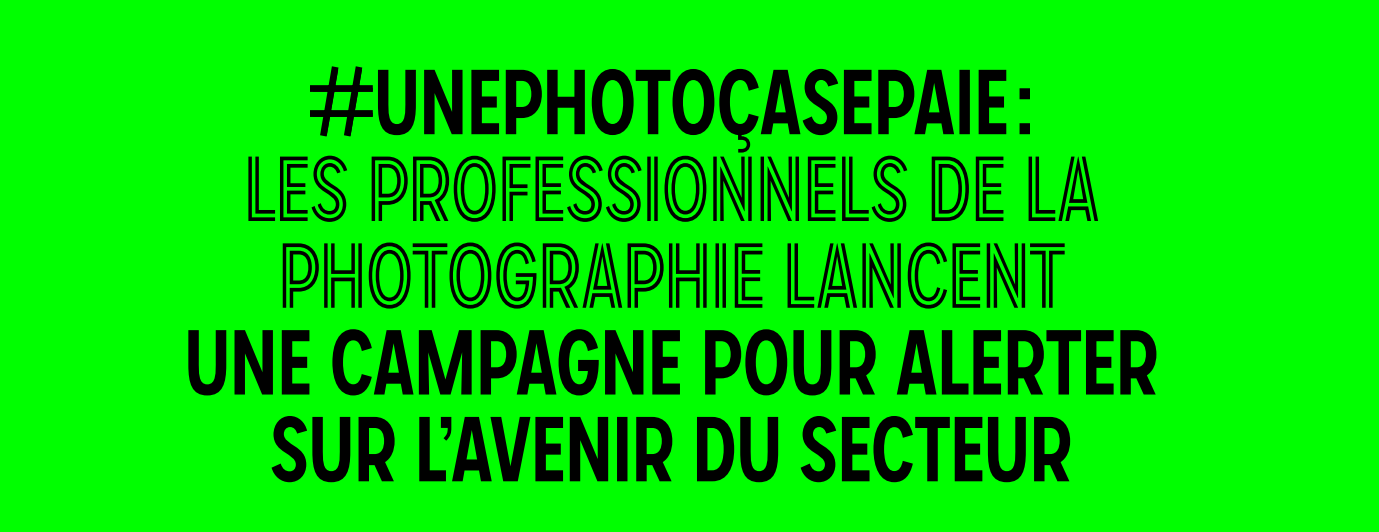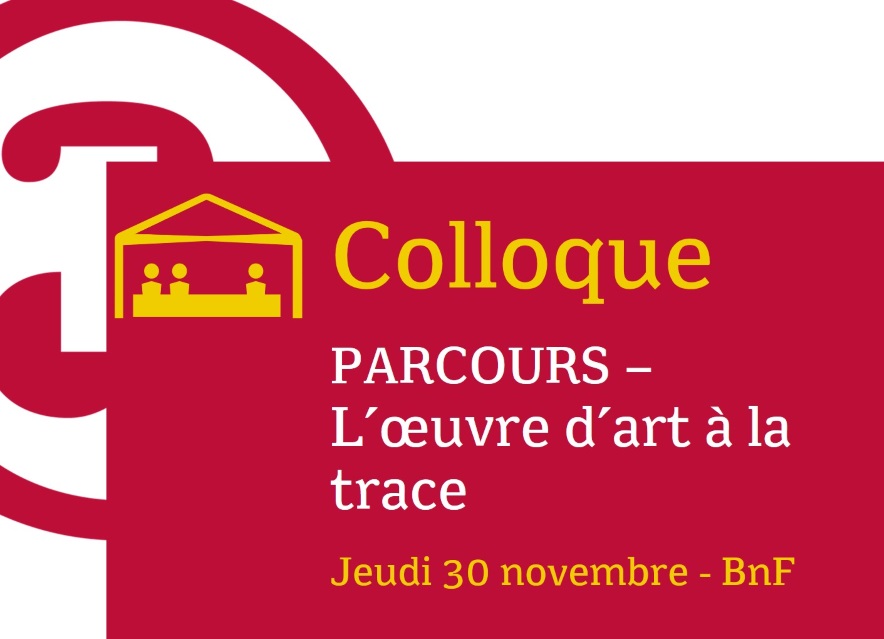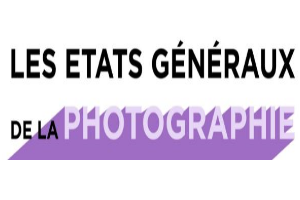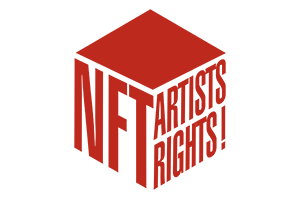"Une photo, ça se paie." The campaign is online !
Initiated by the Photography Commission, the #UnePhotoÇaSePaie campaign alerts, via social networks, on the consequences of the lack of recognition of the profession of photographer.
"No it's not paid, but there will be great visibility!" Free images make photographers' status more precarious
As the cradle of photography, France now has more than 25,000 professional photographers working under various statutes (author-photographers, employees and freelancers of the press, self-employed, craftsmen, agents of the State or local authorities) and in various sectors (press, institutional, fashion, tourism, artistic creation, etc.). The most important events of the world cultural agenda take place there, giving the country an exceptional international influence. There are no less than 300,000 annual visitors to the Visa pour l'Image festival and 70,000 to Paris Photo, 40% of whom are foreigners. The Rencontres d'Arles alone represents 30 million euros of local economic spin-offs.
However, the report of the State Councillor Laurence Franceschini, dedicated to the financing of the production and distribution of photographic works, published last March, points out a worrying paradox for our sector: while photography is at the heart of our culture, the circulation of images being intensified by the digital revolution, photographers still do not benefit from an equitable sharing of the value thus generated. Between 2001 and 2017, their income has even decreased by 18%. The precariousness of the photographer's profession has been accentuated by the development of microstocks and other image banks, offering a large number of photographs at very low prices (or even free), from which even public institutions or the media willingly dip into, without questioning the highly detrimental consequences for photographers. However, one would not imagine that one would find free and uncredited video clips or sound works in public communications.
"I already allow you to exhibit, I'm not going to pay you more" . A lack of recognition for the profession
To remedy this situation, the Franceschini report presents a series of 31 measures aimed at providing sustainable support to our sector. Among the proposals formulated in this report, most of which have been demanded for several years by professionals, 13 have caught the attention of the Ministry of Culture, which wishes in particular to make the copyright of photographers effective and systematic and to prevent the abusive use of the mention "reserved rights" (DR) in the press by launching, by the end of the year, a study on the use of this mention and by drawing up an assessment of the application of the code of good practices "Brun-Buisson". It also plans to increase awareness of photography issues in the press sector by implementing three-year framework agreements with press publishers. Finally, to support French creation, he announced that the General Directorate of Artistic Creation (DGCA) will ensure that objectives aimed at ensuring the presence of the French scene in cultural institutions are integrated into the multi-year agreements signed with institutions, art centers and subsidized festivals.
The intention is commendable, but the effectiveness of these measures, subject to the goodwill of the presenters and operators, remains too uncertain. More than simple commitments, some of which have already been made in the past without being followed by real effects, our sector now needs concrete measures to guarantee the effectiveness of the proposals made in the report:
- Regarding the measures to fight against the excessive use of "reserved rights" (DR) in the press, photographers can no longer be satisfied with studies or codes of good practice that merely enjoin publishers to respect photographers' rights without any results. We propose the implementation of a fund allowing to collect the "reserved rights" by the press and the edition, in order to finance the photographic creation.
- Concerning the sensitization of the press sector to the stakes of photography, the three-year framework agreements mentioned already exist but, we have to admit that they have only a poor incentive effect on the publishers if we believe the extent of the prejudices that photographers still suffer today. The time has come to make their application effective by providing for sanctions limiting the aid allocated in the event of non-compliance with the obligations set out in these agreements and, more broadly, the Intellectual Property Code.
-As for the integration of objectives aimed at developing the presence of the French scene on the territory and abroad, in addition to the multi-year agreements signed by the DGCA with the institutions, it is up to the Ministry of Culture to more firmly encourage cultural institutions to purchase and distribute photography from the French scene and to enforce quotas for the distribution of French photographs in the media, as it already does for musical and audiovisual works.
- Today, authors who wish to assert their rights in court must prove that their photographs are original and therefore protectable by copyright. This proof is costly to establish. We are therefore seeking legislative reform from the Ministry to reverse this state of affairs and place the burden of proof on the broadcaster to establish that the photographs they have used are not protected.
Such measures could easily be financed by a parafiscal tax on the turnover made by digital platforms for the diffusion of images, following the example of digital streaming platforms that contribute to the financing of French audiovisual and cinematographic production.
At the dawn of a new five-year term, we, actors of photography, call for a concrete and sustainable support to the French photographic creation.
This communication campaign was conceived and initiated by the members of the ADAGP Photography Commission.
It is supported by: the ADAGP, the Associated Agents, the CLAP, the Filles de la Photo, France Photobook, the Diagonal network, the Saif and the Union of Professional Photographers (UPP).
See also
PARCOURS - L'œuvre d'art à la trace" copyright Symposium
On Thursday 30 November 2023, to mark its 70th anniversary, ADAGP is organising a major symposium entitled "PARCOURS - L'œuvre d'art à la trace" at the BnF - François Mitterrand, under the scientific direction of Tristan Azzi, professor at the Sorbonne Law School, Université Paris 1 Panthéon-Sorbonne.



